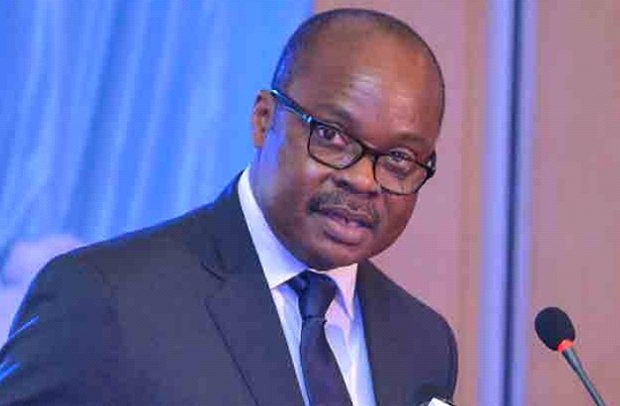Dr. Ernest Addison, BoG Governor
PRESIDENT AKUFO-Addo has honoured his promise of reducing Ghana’s rate of borrowing.
This can be evidenced from the fact that the debt to GDP ratio, which increased by 49% between 2008 and 2012; and 19% between 2012 and 2016, has recorded 3.9% between 2016 and 2019 (excluding the cost of the banking sector clean-up or 9.3% including the cost of the banking sector clean-up).
Vice President Dr Mahamudu Bawumia, who made this known at a forum organised yesterday in Kumasi by government to assess its manifesto promises dubbed ‘Town Hall’ meeting, stated that “For the first time in a decade, Ghana recorded primary balance surpluses (tax revenues exceeded all government spending – excluding debt service payments) for three years in a row. The primary balance surplus was 0.5% of GDP in 2017, 1.4% in 2018 and 0.9% in 2019 compared to a primary deficit of 1.1% of GDP in 2016.”
Commenting on total public debt which increased from GH¢122 billion in 2016 to GH¢214 billion (62.2% 0f GDP) at the end of November 2019 (including the cost of the banking sector clean-up), he said, excluding the cost of the banking sector cleanup, the debt stock now stood at GH¢203 billion (59.16% of GDP)
“However, the strong fiscal adjustment and better debt management meant that the rate of debt accumulation had slowed down considerably to the lowest in the last decade. Between 2008 and 2012, Ghana’s debt stock increased by 267%. Between 2012 and 2016, the increase was 243% but between 2016 and 2019 the increase has been 76% (including the cost of the banking sector cleanup),” the Vice President explained.
He continued that fiscal deficit (on cash basis) declined from 6.8% of rebased GDP in 2016 to 3.8% in 2018 and 4.8% in 2019, below the fiscal rule of five per cent under the Fiscal Responsibility Act, adding that this excluded the cost of the one-off financial sector bailout.
“Although in absolute terms interest payments have increased over the last two years, with much better debt management, interest payments as a percentage of GDP declined from 6.9% of GDP in 2016 to 5.6% of GDP in 2018, and 5.7% of GDP in 2019, reducing the burden of the debt on the budget. So even though the quantum of the debt has gone up, we are paying less as a percentage of our annual income to service it,” he said
Furthermore, he said a combination of prudent monetary policy and fiscal consolidation supported by zero central bank financing of government and strong external sector developments had underpinned a steady disinflation process over the past 36 months.
“Inflation has dropped steadily from the high of 15.4 per cent at the end of 2016 to 7.9 per cent at the end of December 2019, about the lowest we have seen since 1992,” he added.
Thus, inflation, between 2016 and 2019, has been reduced by some 50 per cent.
BY Samuel Boadi


